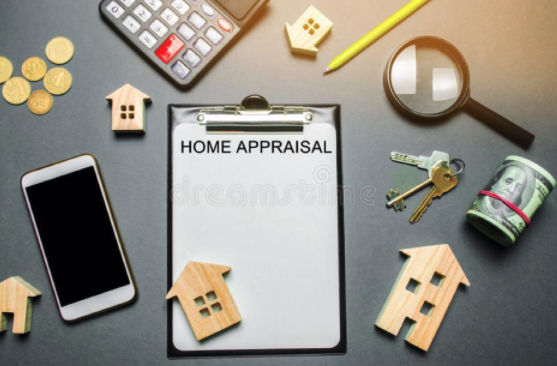Real Estate Trends to Watch Out for in Summer 2021
While the real estate industry took a punch like every other sector when COVID drove the nail in the coffin in April 2020, it bucked the trend when it came to 2021. While other industries are still reeling under the impact of the pandemic, the real estate sector gave homeowners and real estate appraisers a reason to cheer.
So what is the future of the industry, and what are the trends to which we can look forward? Read on to know more about the Real Estate Outlook in 2021.

Summer 2021 Housing Market Trends
Some of the housing market trends that will shape the demand in 2021 are:
Suburbs are Favored
The work from home trend is driving demand for more spacious suburban homes, and people are looking to relocate to rural areas from urban areas. With lower time in the market and demand outpacing supply, home buyers need to act fast. They should be flexible on desired features while keeping an eye on their budget.
Low Housing Supply
With the housing supply still unable to keep pace with the demand, new homes in the market fail to keep up with buyer demand. New listings are far less (0.22%) compared to the rate of current homes being sold (19.29%) for sales in October 2020 vs October 2019.
With existing inventory fast disappearing and a slow movement in new listings, there is further pressure on prices. Building permits for privately-owned new homes were just 1.68 million units against the application for 1.88 million units. Even though the number of permits is expected to rise, demand for homes will continue to outstrip supply.
Furthermore, the cost of building homes is on the rise due to bottlenecks like supply restrictions on home building raw materials like lumber. This makes the construction of new homes an unviable proposition at the moment. It is expected that as the incidence of COVID diminishes, more homes would be available and lead to a more affordable property for first-time buyers.
Low Interest Rates
What’s driving growth in real estate is the low interest rates. The interest rates have bottomed out, with the 30-year fixed mortgage rate being 3.18%, down from the pre-pandemic rate of 3.29%. The interest rates in 2019 and 2018 were mid-4% and approximately 5%, respectively.
Quite surprisingly, the demand for homes clocked a 15-year high of 6.69 million units in November 2020, even though there was a 13.3% rise in the median listing price of residential properties. Low interest rates and the need for greater space due to a surge in the ‘work from home’ employees are the triggers for this demand. However, the most significant catalyst is the coronavirus vaccination that has flattened the curve and drives demand up North. The most extensive section of buyers is the 30-something millennials looking to buy their first home.
Sellers’ Market
What has led to the shortage of supply is that many homeowners have put their plans to sell on hold. Reasons for this include the present home offering adequate space for work from home options and homeschooling.
Comparison on a year-on-year basis shows that there is a slight improvement when it comes to the fall in listings. While the fall in March 2021 compared to the previous year was 20%, the fall in February 2021 compared to the same period last year was 24.5%.
Additionally, what’s tipping the balance in favor of sellers is the declining unemployment and a rise in consumer confidence. February 2021 witnessed a 15.8% increase in the median price of homes at $313,000.
Conclusion
With the real estate outlook being positive, the demand for appraisers has shown a healthy rise.

The year 2020 saw higher demand for certain categories of Property Appraisals. These included:
- Evaluations: These are done by non-state licensed or state-certified appraisers. These evaluations did not require USPAP compliance either.
- Desktop Appraisals: Appraisals that could be done online and did not require physical inspection for residential and commercial valuations.
- ‘Drive-By’ or exterior-only appraisals: There was a rise in such appraisals as well where the value of the property is determined without entering it.
Undoubtedly, the pandemic changed the way appraisers do business, imposing a greater emphasis on a mix of hybrid and desktop models. Plus, the appraiser’s role has assumed even greater importance in the backdrop of sellers demanding several thousand dollars more than the fair market price. The appraisal industry must factor in all this when trying to provide a more accurate property value.
Given the challenges of physical inspection, where the mandatory COVID norms should continue to be followed (including conducting full inspections with masks, using hand sanitizer, and maintaining social distancing) and the need for more accurate property values, CRM tools like Anow should be considered as they make the job of appraisers much easier. Anow software allows them to track their appraisals and manage their orders better, as it includes powerful tools for the collection of online payments, sending digital invoices, or reviewing orders.
The future of real estate appraisers looks promising in 2021 with changing regulations, a booming real estate market and a potential change in the appraisal process currently being considered by the Federal Housing Finance Agency. A CRM software like Anow will make life easier for appraisers by allowing them to keep up in today’s dynamic environment.

0 Comments